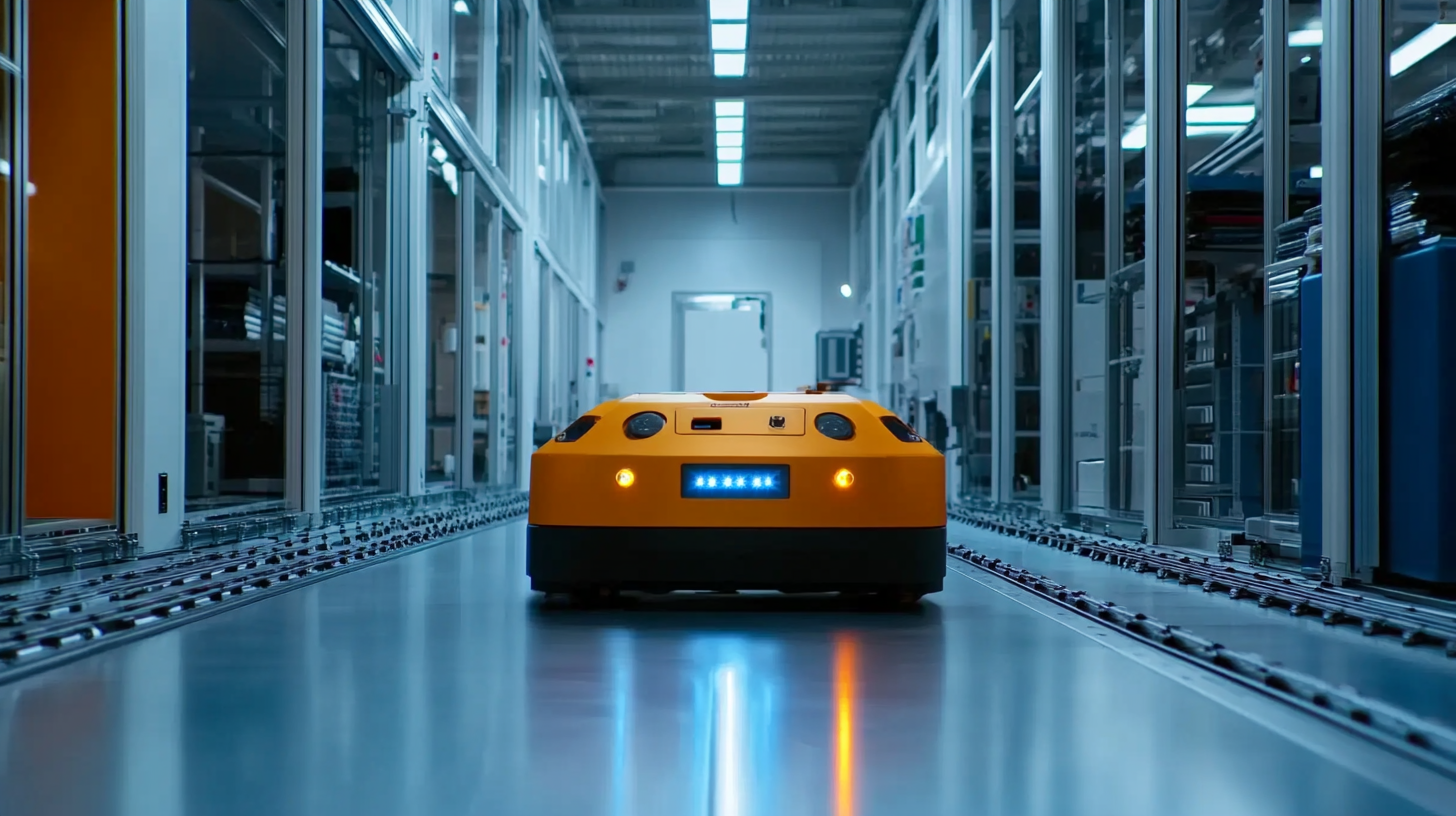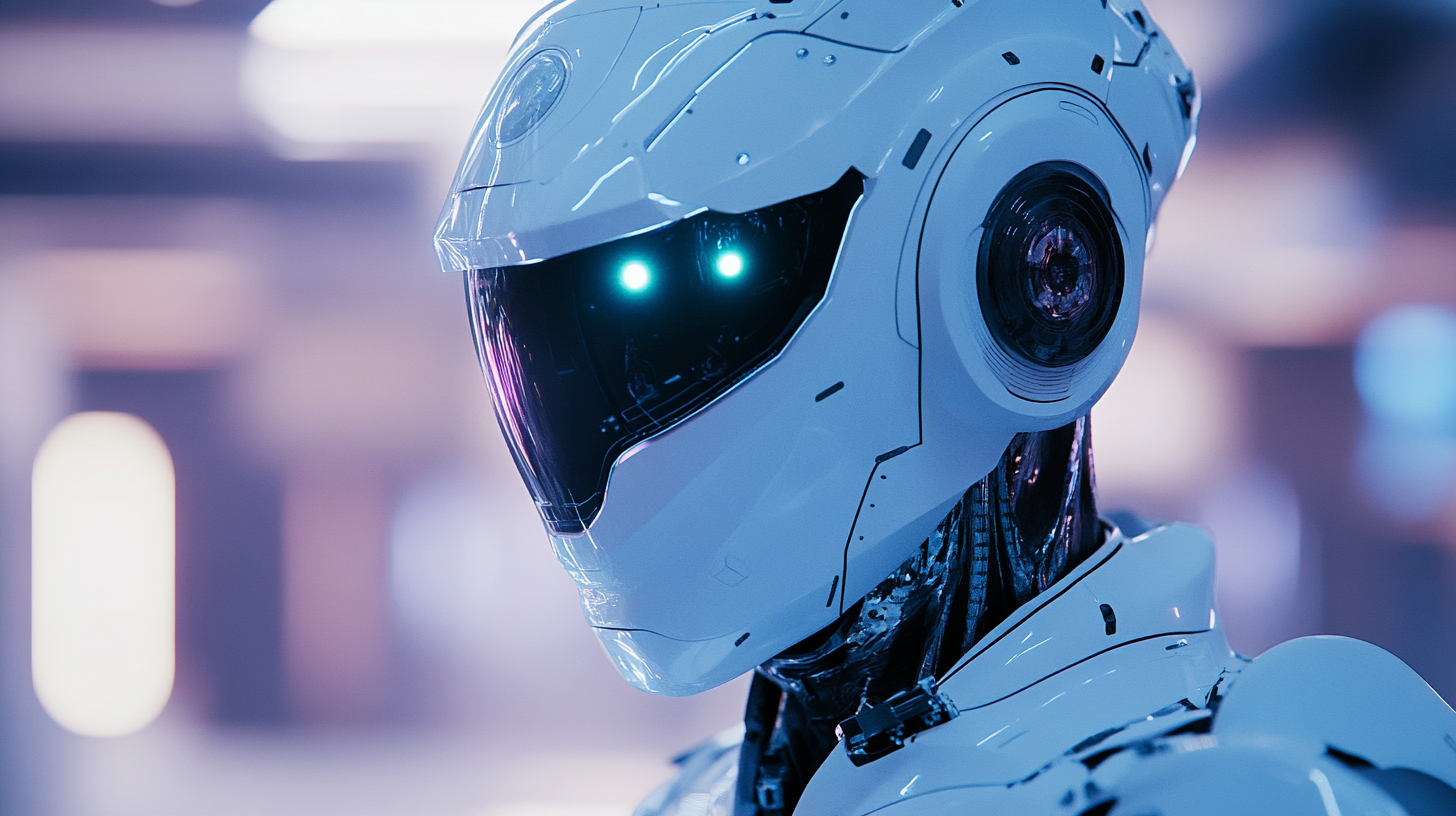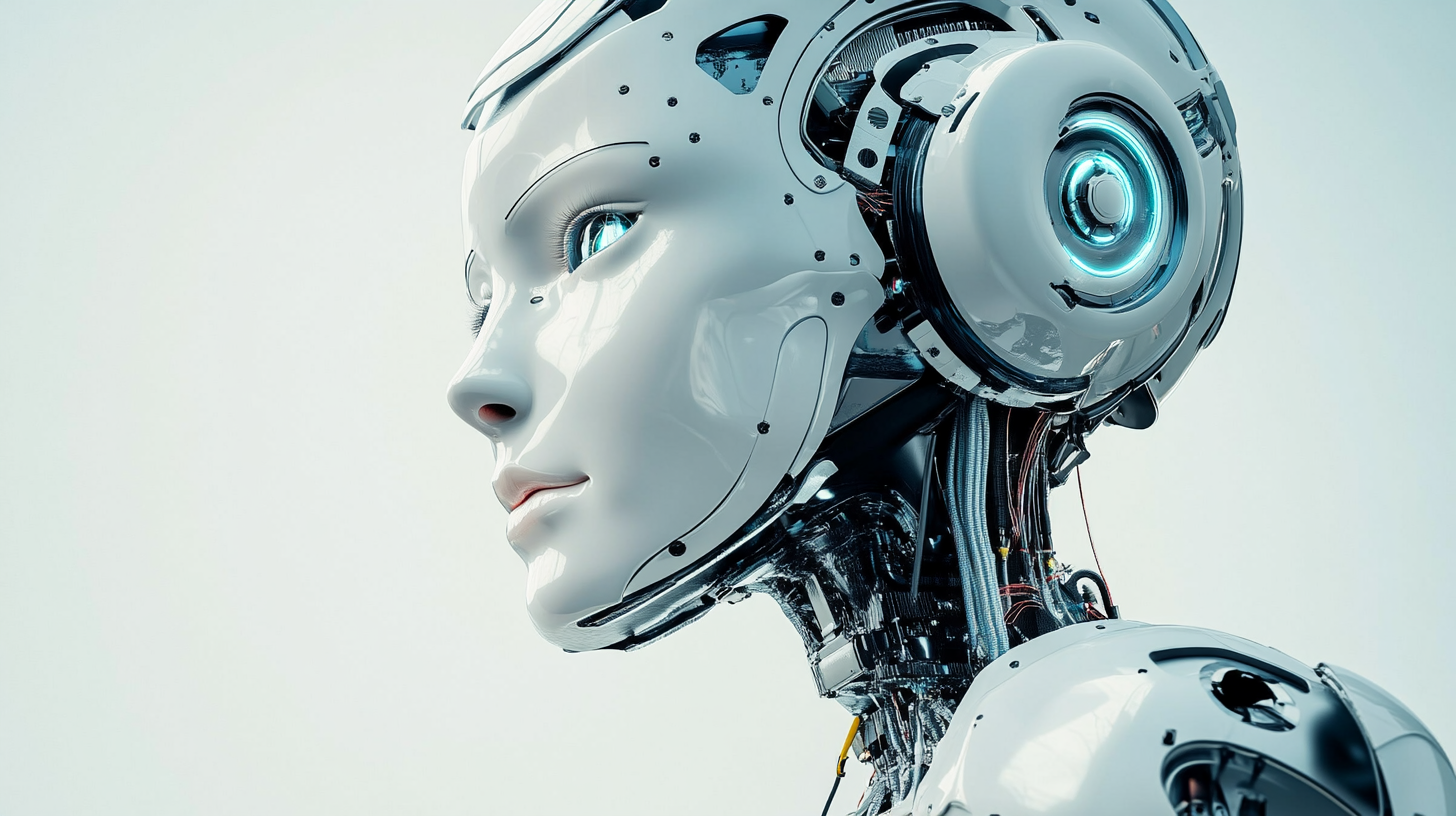Revolutionizing Industries with Innovative Robotic Automation Solutions
In today's rapidly evolving technological landscape, Robotic Automation has emerged as a transformative force across various industries. According to a report by the International Federation of Robotics, the global market for industrial robots is projected to reach $70 billion by 2025, driven by increased demand for automation in manufacturing, logistics, and healthcare sectors. This surge highlights a significant shift as companies strive to improve efficiency, reduce costs, and enhance productivity through advanced automation technologies. Furthermore, research by McKinsey emphasizes that automation could raise global productivity by up to 1.4% annually, underlining the need for businesses to embrace Robotic Automation to remain competitive in an increasingly automated world.
As industries adapt to these technological advancements, the implementation of Robotic Automation solutions is not just beneficial but essential for future growth. Innovators and business leaders are now focusing on integrating sophisticated robotic systems into their operations, leading to enhanced quality control, safety improvements, and an agile response to market demands. For instance, a study by PwC predicts that up to 47% of jobs in the U.S. could be automated over the next two decades, showcasing the profound impact of Robotic Automation on the workforce and creating a call to action for industries to upskill employees and reimagine operational strategies. Through this blog, we will explore how these innovative automation solutions are revolutionizing industries and shaping the future of work.

Emergence of Robotic Automation in Various Industries
The emergence of robotic automation has transformed various industries, marking a significant shift in how businesses operate. In manufacturing, robots streamline production lines, enhancing efficiency and precision. Advanced robotic arms and automated machinery enable companies to reduce labor costs while increasing output. This shift not only speeds up the production process but also minimizes human error, resulting in higher quality products. As manufacturers adopt these innovations, they are better equipped to respond to market demands and optimize their operations.
Across the logistics sector, robotic automation is revolutionizing how goods are stored, sorted, and distributed. Automated guided vehicles (AGVs) and drones have become essential tools in warehouses, assisting with inventory management and reducing the time it takes to fulfill orders. The deployment of these technologies leads to quicker turnaround times and improved service levels for customers. As a result, businesses can maintain a competitive edge in a fast-paced marketplace where efficiency is paramount.
The healthcare industry is also witnessing the benefits of robotic automation. From surgical robots that enhance the precision of surgeries to automated systems that streamline patient management and data collection, these technologies are improving outcomes and freeing healthcare professionals to focus on patient care. The integration of robotics in healthcare not only enhances operational efficiency but also contributes to better patient experiences and improved recovery rates, showcasing the transformative power of robotic automation in environments that require both accuracy and care.

Key Benefits of Implementing Robotic Automation Solutions
The advent of robotic automation solutions is reshaping industries by enhancing efficiency and precision. One of the key benefits of implementing such solutions is the significant improvement in productivity. Robots can operate around the clock without breaks, drastically reducing production time and increasing output. This continuous operation allows businesses to meet demand without overextending their workforce or resources, ultimately leading to a more streamlined production process.
Another crucial advantage is the enhancement of quality control. Robotic systems can perform tasks with unparalleled accuracy, minimizing human error. This consistency in operations ensures that products meet stringent quality standards, which is vital in sectors such as manufacturing and pharmaceuticals. As a result, companies can reduce the costs associated with defects and returns, while simultaneously boosting customer satisfaction through improved product reliability.
Moreover, robotic automation solutions contribute to a safer working environment. By taking over dangerous and repetitive tasks, robots reduce the risk of injuries associated with manual labor. This not only protects employees but also decreases costs related to workplace accidents and insurance. As companies invest in robotics, they create a culture of safety and innovation that benefits both the workforce and the bottom line.

Case Studies: Successful Integration of Robotics in Manufacturing
The integration of robotics into manufacturing and warehouse operations is transforming industries at an unprecedented pace. Case studies reveal that successful implementation hinges on understanding both the technical and human aspects of these systems. One prominent example is the adoption of autonomous mobile robots (AMRs) in warehouses, which has led to increased efficiency and reduced labor costs. By employing intuitive human-centered design principles, companies can ensure that robots seamlessly integrate into existing workflows.
Furthermore, effective training and change management are crucial for maximizing the benefits of robotic automation. Companies that invest in comprehensive training programs not only equip their workforce with the necessary skills but also boost morale and acceptance of new technologies. This psychological readiness can significantly affect productivity and safety outcomes, as employees feel empowered rather than threatened by automation.
Another key takeaway from successful robotic integration is the importance of piloting projects before full-scale deployment. Companies that begin with smaller pilot projects can learn to adjust their strategies based on real-world feedback before committing to larger investments. This iterative approach allows businesses to identify potential issues early, enhancing the chances of a smoother transition. As industries embrace these innovative robotic solutions, the synergy between technology and human expertise will continue to shape the future of manufacturing.

Challenges and Solutions in Adopting Robotic Technologies
The adoption of robotic automation solutions is rapidly transforming industries across the globe, yet it is accompanied by a unique set of challenges. According to a report by McKinsey & Company, nearly 60% of all occupations have at least 30% activities that could be automated, indicating a vast potential for increased operational efficiency. However, many organizations hesitate to adopt these technologies due to concerns about initial investment costs and the complexity of integration into existing workflows.
One significant challenge companies face is the skill gap in the workforce. The World Economic Forum predicts that by 2025, 85 million jobs may be displaced by the shift toward automation, yet there will be a demand for 97 million new roles adapted to the new labor market. This change necessitates a strategic approach to reskilling employees, ensuring that the workforce is prepared to work alongside advanced robotic systems. Implementing training programs and fostering a culture of continuous learning can mitigate these challenges and maximize the return on investment in robotic technologies.
Moreover, organizations must navigate the complexities of maintaining and upgrading their robotic systems. A report from Deloitte highlighted that 52% of companies reported difficulties with system integration and maintenance when implementing automation solutions. To overcome this barrier, companies can collaborate with technology providers for tailored solutions and ensure that they are investing in robust systems that offer ongoing support and capabilities for future upgrades. By addressing these challenges effectively, industries can harness the true potential of innovative robotic automation and drive their operations to new heights.
Future Trends: The Next Frontier of Robotic Automation
As we navigate the ever-evolving landscape of robotic automation, it becomes clear that we are on the cusp of transformative change. The integration of artificial intelligence with robotics is not just a trend; it represents a paradigm shift that promises to redefine industries across the board. Companies are increasingly leveraging AI-powered robots to enhance operational efficiency, exemplified by their adoption in automotive manufacturing, where robots learn to build cars with unprecedented precision and speed. This efficiency push speaks to the broader implications of robotic automation in various sectors, from healthcare to aerospace, where the demand for innovative solutions is skyrocketing.
Moreover, the advent of AI agents highlights a new frontier in automation. These virtual counterparts are set to revolutionize workflows and improve productivity by taking on complex tasks that were once the domain of human workers. In manufacturing, these near-autonomous systems enable real-time decision-making and empower employees to focus on higher-value activities, thus reshaping the workplace dynamic. The impact is particularly significant in areas like healthcare, where robotics can enhance patient care while maintaining the human touch, ensuring that technology complements rather than replaces the personal connection essential to the healing process.
As we look towards the future, the rise of AI and robotic automation heralds an era marked by increased collaboration between humans and machines. Beyond mere task repetition, the next frontier of robotic automation is about augmenting human capabilities and enhancing overall well-being. As industries adopt these innovative solutions, we can expect a shift in how we think about work, efficiency, and the role of technology in our daily lives, paving the way for a more interconnected and responsive future.













